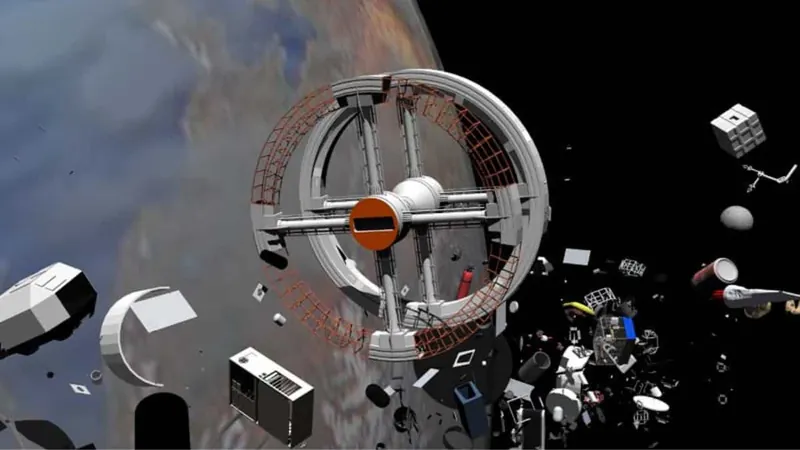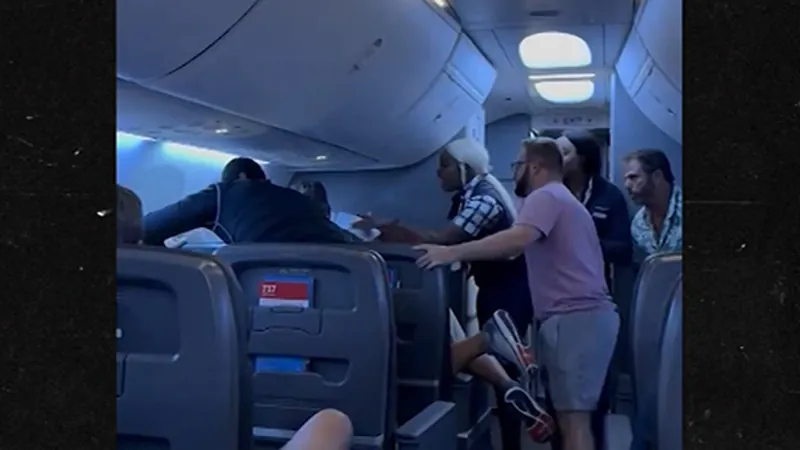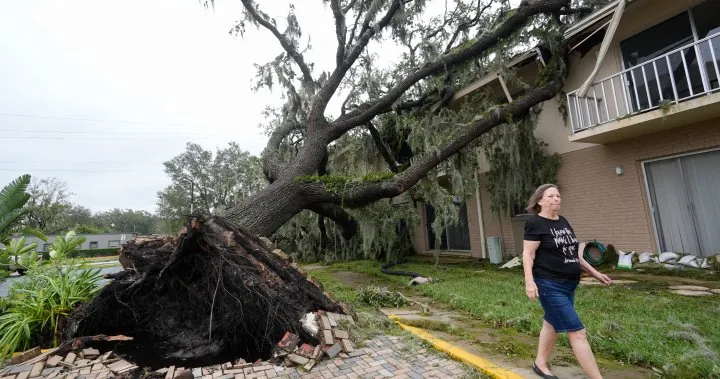
Catastrophe on the Horizon: The Looming Threat of Space Junk to Astronauts and Humanity
2024-10-10
Author: William
Introduction
As humanity ventures deeper into space, a treacherous problem looms overhead: space junk. This debris has become a critical issue in recent years, prompting experts to urge immediate action to prevent disaster. Researchers from the orbital mapping company LeoLabs have now raised alarms, warning that a catastrophic event from the debris swirling around our planet may be imminent.
Urgent Warnings from Experts
Darren McKnight, a senior technical fellow at LeoLabs, described the situation as a "ticking time bomb," emphasizing the urgent need for solutions to calm this escalating threat. Currently, Earth is enveloped by nearly 30,000 pieces of debris larger than a softball, all racing through orbit at terrifying speeds.
Implications for Human Life
The gravity of the situation is not lost on LeoLabs' COO, Dan Ceperly, who grimly stated, "This grim reality means that collisions are not a question of if but when." The implications are dire; the danger posed by space trash is not merely theoretical, as it poses a significant threat to human life and astronaut safety. Ceperly affirmed, "Any size fragment above a few millimeters is likely lethal to astronauts."
Tracking Space Debris
While LeoLabs has developed technologies capable of tracking debris as small as four inches, the majority of the menace lies in smaller fragments that remain undetectable. Fortunately, no human lives have yet been claimed by space debris, but there have been notable incidents. In 2021, a small piece of space junk put a hole in the Canadarm2, a critical robotic arm on the International Space Station.
Space Debris: A Graveyard for Satellites
McKnight highlighted the increasing dangers posed by space debris, especially in the upper regions of low-Earth orbit. Historical practices by the United States and the former Soviet Union of casting aside used rocket upper stages have left a legacy of littered orbits, and international consensus on cleanup efforts has been elusive. A near-miss collision between two upper-stage rockets in June 2022, which occurred within 500 feet of one another, serves as a stark reminder of the perils present in our shared orbital environment.
Increasing Space Accidents
Moreover, space accidents tied to debris continue to increase alarmingly. In 2021, for instance, a Chinese military satellite reportedly collided with wreckage from a disintegrating Russian rocket. Research by noted Harvard astrophysicist Jonathan McDowell traced the incident back to the Chinese satellite Yunhai 1-02's unfortunate confrontation with space debris.
A Growing Threat
As nations like China aggressively pursue advancements in space technology, the quantity of space debris is likely to rise, intensifying an already precarious situation. With every launch and satellite deployment, space becomes a more hazardous environment for astronauts, missions, and technology alike.
Conclusion
The question remains: What steps will humanity take to address this growing threat, and can we prevent the inevitable catastrophe that experts fear? The time to act is now, before we are left to grapple with the reality of a perilous legacy left behind in our quest for exploration.









 Brasil (PT)
Brasil (PT)
 Canada (EN)
Canada (EN)
 Chile (ES)
Chile (ES)
 España (ES)
España (ES)
 France (FR)
France (FR)
 Hong Kong (EN)
Hong Kong (EN)
 Italia (IT)
Italia (IT)
 日本 (JA)
日本 (JA)
 Magyarország (HU)
Magyarország (HU)
 Norge (NO)
Norge (NO)
 Polska (PL)
Polska (PL)
 Schweiz (DE)
Schweiz (DE)
 Singapore (EN)
Singapore (EN)
 Sverige (SV)
Sverige (SV)
 Suomi (FI)
Suomi (FI)
 Türkiye (TR)
Türkiye (TR)